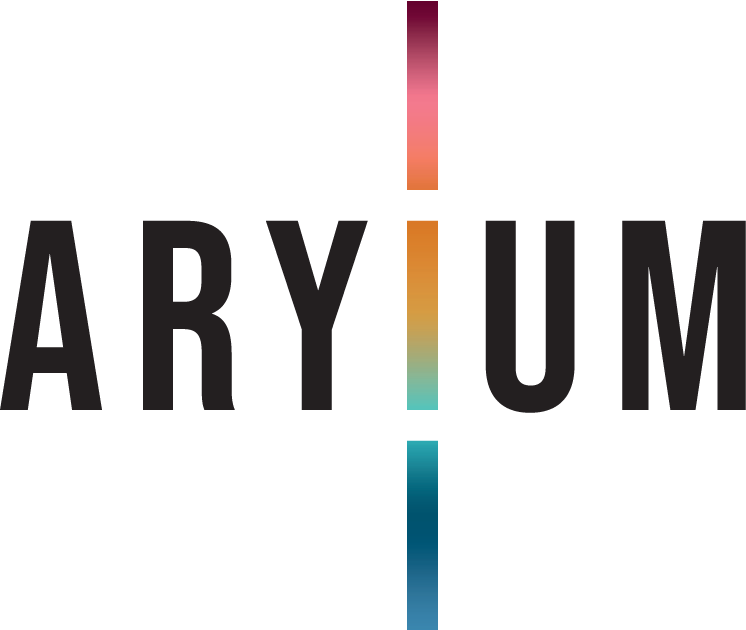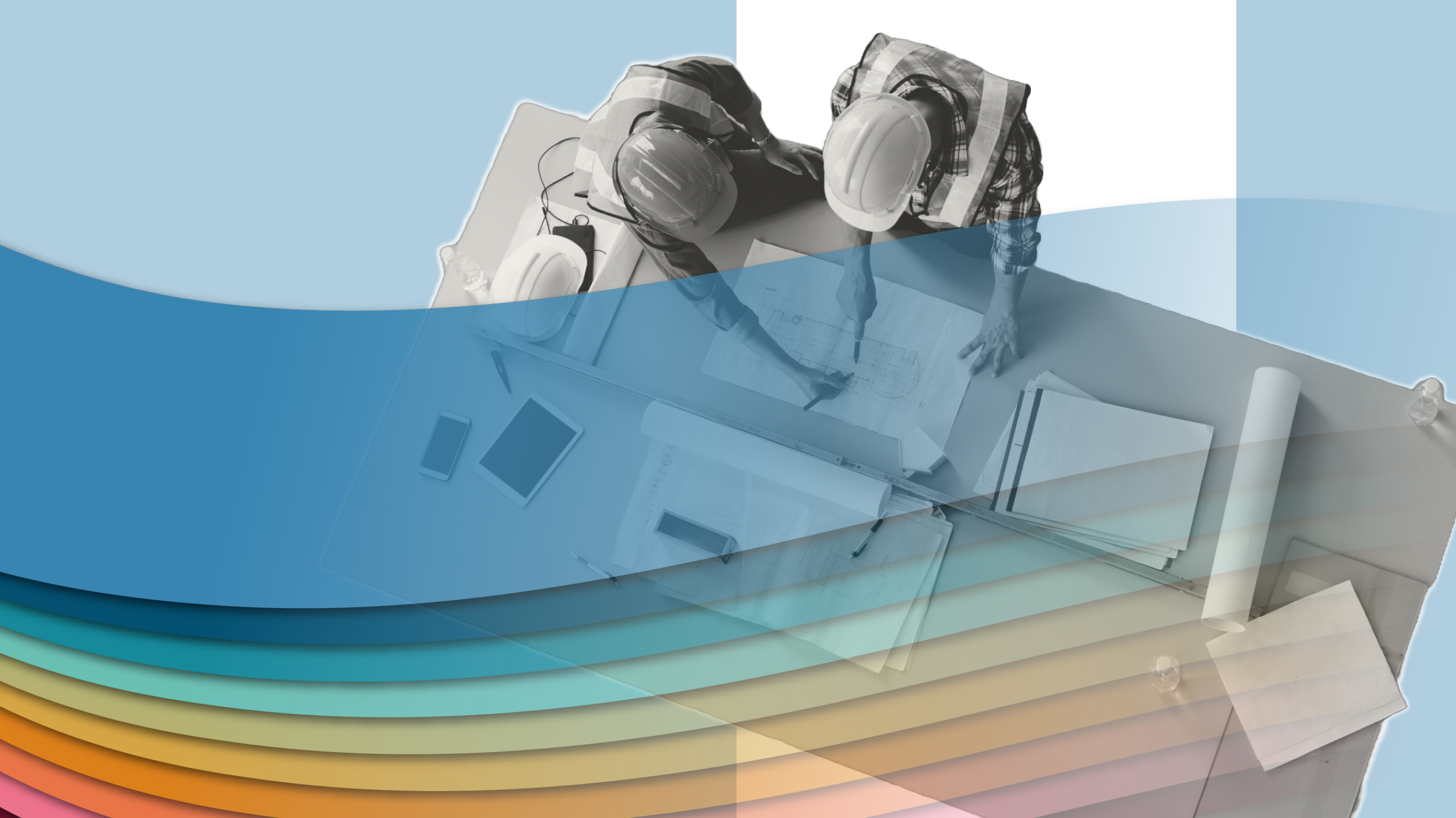Key aspects of Design Management?
Aryium CEO and Co-Director, Sarah Borg Bonnici explains Design Management as a specialised service offered by Aryium, highlighting the complexities of managing both design deliverables and the client’s inputs to ensure the project's success.
Key Aspects of Design Management:
1. Role and Focus:
Design Management is about managing the information flow between the design team and the client, ensuring that the project brief and user requirement specifications are accurate and comprehensive.
The design manager is responsible for coordinating with the design team to ensure the design evolves from concept maintaining consistency throughout the process.
2. Collaboration:
Sarah emphasises the importance of constant, open dialogue between stakeholders, which should be recorded (not necessarily in formal documentation, but tracked to ensure clarity). This approach mirrors a Sprint cycle in software engineering, where iterations and updates happen frequently with input from different teams.
Sarah says, "In my experience, I believe you need to have a consistent and open dialogue that is recorded... almost like a Sprint cycle."
3. Complexities and Responsibilities:
A significant part of the design management process involves overseeing the handoff of information between different design sub-teams and ensuring the design aligns with changing client requirements.
Design changes are inevitable, and the design manager must anticipate and manage these efficiently by keeping communication open between the team and the client.
4. On-Site Design Challenges:
Sarah touches on the transition from design to on-site execution, explaining that, "No plan survives first contact with the enemy." Here, the "enemy" is the real-world construction process, where unforeseen challenges often arise.
This is especially true in refurbishment projects, where previous structural changes or design decisions can surprise a team once they are on-site. Having experienced and hands-on design managers is crucial for navigating these challenges.
5. Liability and Risks:
Sarah discusses the risks involved when construction companies make design decisions without consulting designers, stressing that it’s better to ensure accurate information is provided by the appropriate teams, rather than improvising on-site.
She states, "Taking that decision to do something that is not what is drawn on a drawing can be a risk... because the minute you do that, you are taking on a level of design liability."
6. Experience and Hands-On Knowledge:
Sarah reflects on her own hands-on experience, explaining how she learned to build elements like plasterboard and her exposure to construction techniques. This experience gave her an understanding of practical building processes, which many designers lack.
She remarks, "For giving me that opportunity... was a really good thing because it allowed me to physically build stuff."
Sarah draws a historical parallel to the Master Masons of 1200 who were both architects and builders, stating that modern designers don’t typically have the same hands-on experience with materials.
In conclusion, Design Management at Aryium is about much more than overseeing the design process — it's about ensuring effective collaboration, managing complex information flow, and handling the dynamic challenges that arise from design changes and on-site realities. The key is to maintain open communication and to rely on the expertise of designers, who can provide valuable insights and reduce the risks involved in construction.
This holistic approach is critical to the success of any construction project, and Aryium’s team ensures that Design Management is carried out efficiently from conception to execution.
For more information about Aryium's standalone Design Management Service, please contact Aryium.

